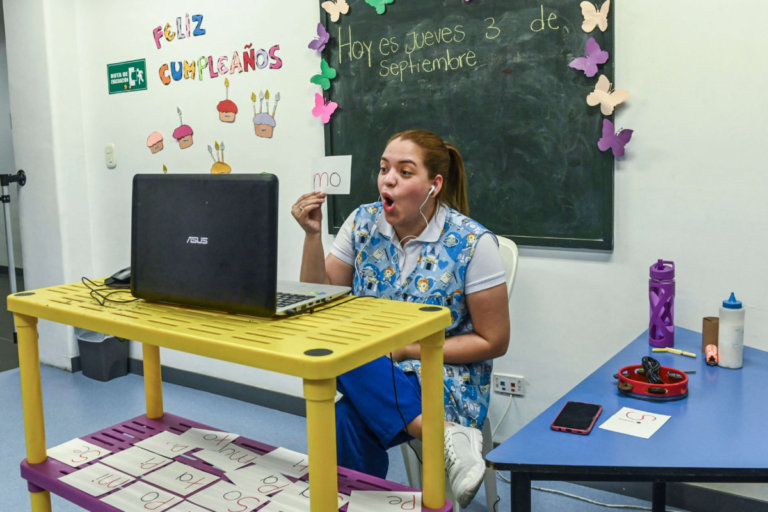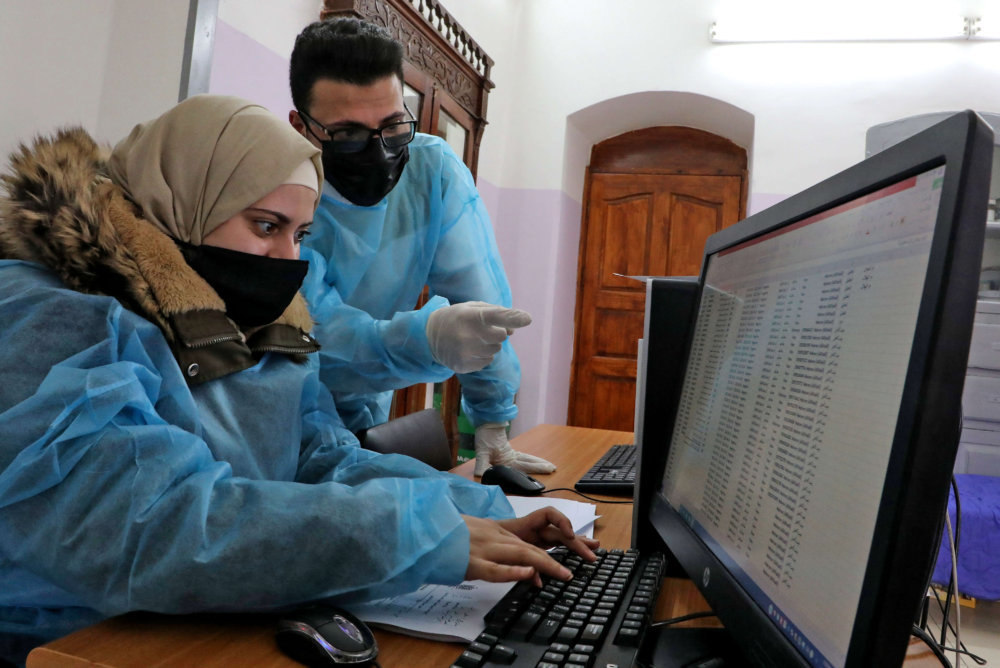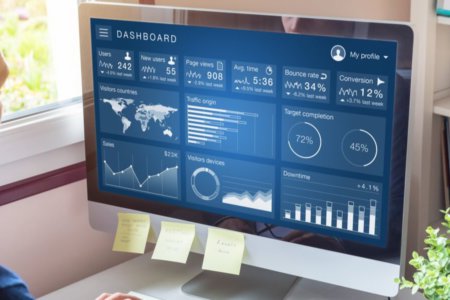
While data analytics is not a new concept in education, remote learning during the pandemic has surely expedited its application across school and university systems. After all, data not only helps organisations better understand their users but also increase operational efficiency in several departments.
Here, we bring you three ways data analytics is enhancing education technology in schools and universities — featuring key insights from Caroline Lewis of data analytics organisation Tiger and Peter Croft of education technology company Tribal Group.
Data analytics help review, update software
One upside of having communications shift online is that we become more aware of the software we use, and how we use them. Microsoft Teams and Zoom allowed institutions to digitise communications overnight. “Even if some schools had been ahead of the curve and already invested in updating their technical infrastructure, they are unlikely to have experienced the extensive use and dependency compared to recent times,” Lewis says.
With regular usage, schools can tap into data analytics to show them the returns on investing in this software. This way, they are able to better plan digital resources to meet the needs of their teachers and students. The result? Improved spending and user experience for all.

One upside of having communications shift online is that we become more aware of the software we use. Source: Hazem Bader/AFP
Data analysis gauges student engagement
Since library use and card swipes into buildings may no longer be suitable markers of student engagement, data analysis makes it easier to track how students are doing online. Administrators may monitor student “touchpoints” based on how much time they spend in the virtual learning environment or when they submit their coursework. Understanding these learning analytics will give them a clearer picture of student habits, which are transformed into virtual profiles.
Data can be used to develop predictive models
Virtual profiles are uniquely created based on student demographic details, assessment results, and online interactions. These can be used to develop predictive learning models, which are able to generate insights on future students. As Croft writes, “A predictive model can be used to identify their probable learning outcomes, based on the experience of students with similar profiles from previous academic years.”
Unique student data can also yield significant implications right away. For example, data analytics can identify students who are struggling or at risk, prompting intervention to bring them back on track. Schools and universities can further monitor the long-term efficacy of these initiatives, using the outcomes to better support teachers and students.










